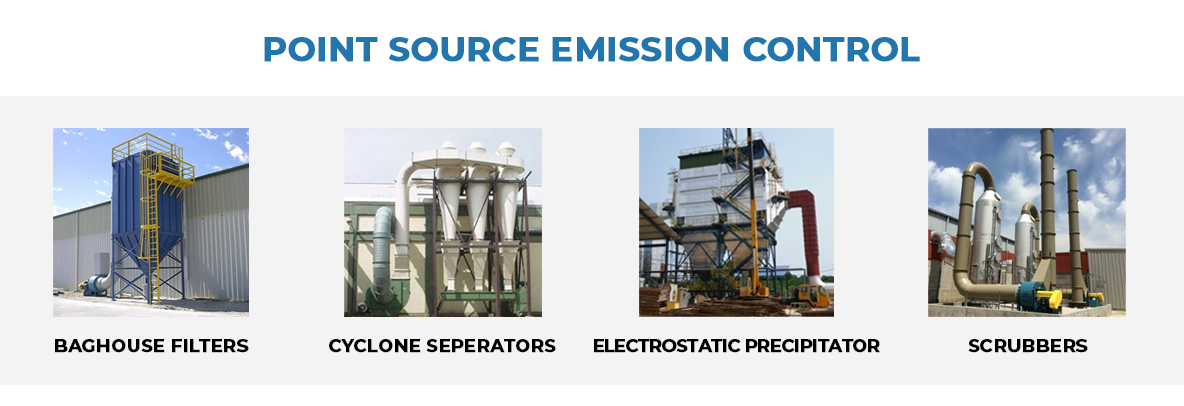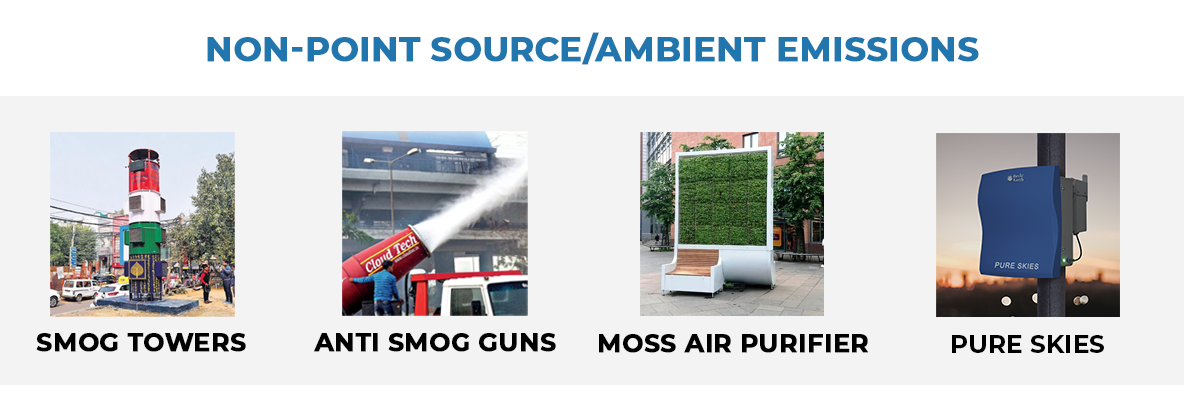What is Industrial Air Pollution? How does it affect the township residents?
Industrial air pollution is a pressing issue affecting not only the health and well-being of individuals but also the environment. In India, industrialization has rapidly increased in recent years, leading to rising air pollution levels and deteriorating air quality. The problem is particularly acute in developing countries like India, where rapid industrialization has led to an increase in the number of factories and power plants. According to a report by the World Health Organization, India has 14 out of the 15 most polluted cities in the world. This is a primary public health concern, as well as a significant economic burden.
What is Industrial air pollution?
Industrial air pollution is when factories, mines, and transportation release harmful substances into the air. These pollutants can cause health problems such as respiratory diseases, cancers, decreased lung function, and asthma. They can also harm the environment, leading to things like acid rain and climate change. Industrial facilities emit a wide range of pollutants into the air, including particulate matter, sulfur dioxide, nitrogen oxides, and other toxic chemicals.
Sources of emissions in Industries:
Point-Source Emissions – also known as stationary sources of emission, are released at height or ground level, from an identifiable source, and are dispersed in the atmosphere. Emissions from stationary sources. It is easy to trace the source of such emissions back to stacks, outlets, etc.
Non-Point Source – A source of emission that is not easily identifiable. These are called mobile and fugitive emissions, they consist of leaks of particulate matter from transportation and loading, for example, are not identifiable and stationary sources. Also called diffuse or ‘fugitive emissions’ (non-point sources), are contrary to stack emissions and originate from an area, such as a stockpile or a road.
How does it affect human health?
The impact of industrial air pollution on the residents of an industrial township can be significant. Long-term exposure to these pollutants can cause respiratory and cardiovascular diseases, as well as cancers. It can also lead to decreased lung function, increased frequency of asthma attacks, and other respiratory illnesses. In addition, industrial air pollution can also contribute to environmental degradation, such as acid rain and climate change, which can have far-reaching impacts on human health and the environment.
What is an Industrial Township?
Industrial townships are designed to support the needs of the industries operating there. This can include things like access to transportation networks, access to energy and water resources, waste management facilities, and administrative services. In addition, some industrial townships may also offer recreational and community amenities for workers, such as parks, shopping centers, and health clinics.
Impact of industrial air pollution on the residents of an industrial township:
The amenities in an industrial township are used by people from age groups and Long-term exposure to these pollutants can lead to the following:
- Respiratory and cardiovascular diseases
- Cancers
- Decreased lung function
- Increased frequency of asthma attacks
- Other respiratory illnesses
- Environmental degradation, such as acid rain
- Contribution to climate change
- Far-reaching impacts on human health and the environment.
What are the existing solutions?
Here are a few ways to reduce industrial air pollution:- Regular Environmental Impact Assessments
- Stricter Laws and Enforcement
- Rebuilding Habitats and Afforestation
- Proper Treatment of Industrial Waste
- Industry Site Selection
- Recycling
Following are the existing solutions adopted by the Industry to reduce or control air pollution:
Technologies installed for point source emissions control:
Few Technologies Available for Ambient Air pollution Control:

Pros and Cons of Current Air Pollution Control Technologies Deployed:
Conclusion:
Industrial air pollution poses a serious threat to the health and well-being of residents in industrial townships. Long-term exposure to pollutants released from industrial activities can lead to a range of health problems. Additionally, it contributes to environmental degradation, including acid rain and climate change. However, the development and implementation of new ambient air pollution control technologies can be a game-changing solution in mitigating the impacts of industrial air pollution. By investing in these technologies, industrial townships can protect the health of their residents, reduce environmental degradation, and help to ensure a sustainable future for all.
Want to know how you can safeguard the health of your factory employees and township residents?
Book a free consultation with our experts!
Reference:
https://www.ncbi.nlm.nih.gov/pmc/articles/PMC5903037/
https://www.intechopen.com/chapters/72766
https://www.ppsthane.com/blog/reduce-air-pollution-industries
https://en.wikipedia.org/wiki/Air_pollution_in_India

.svg)
.webp?width=1080&height=1080&name=Free%20Case%20Study%20Steel%20Plant%20(1).webp)







Post Comments